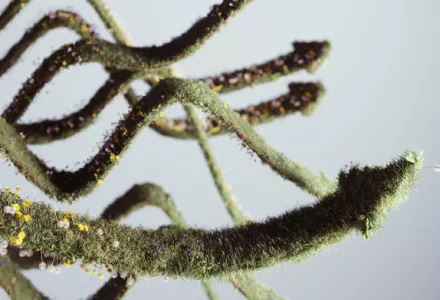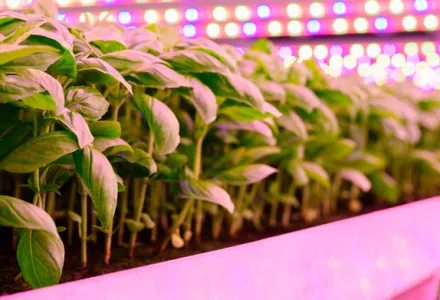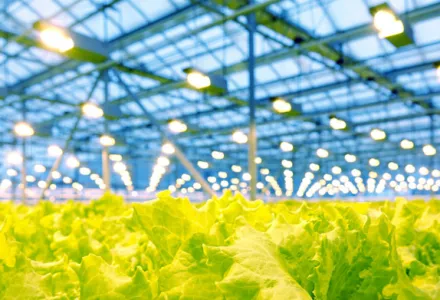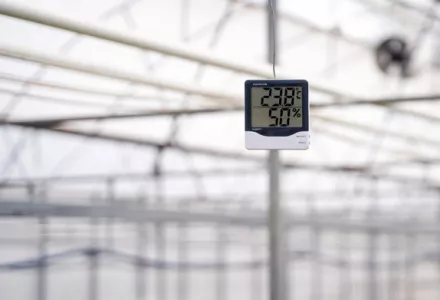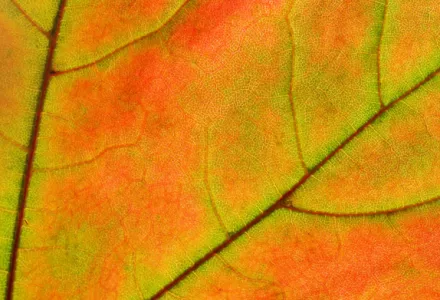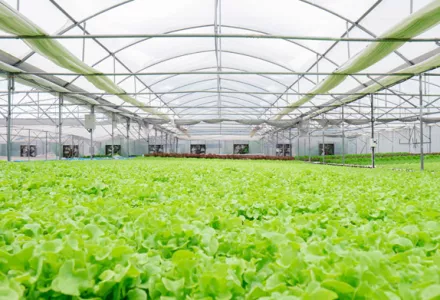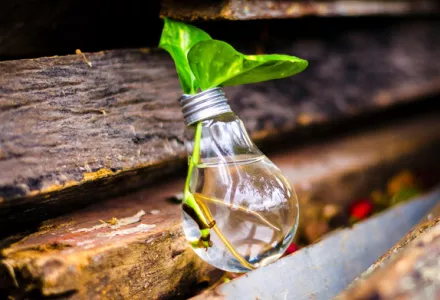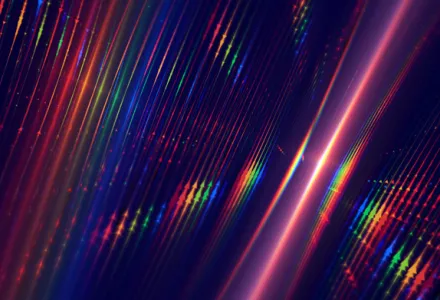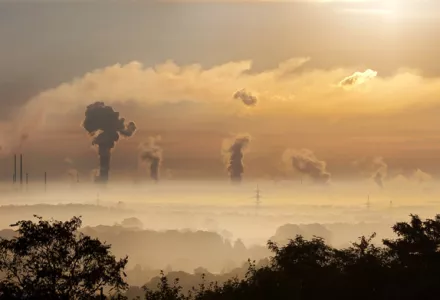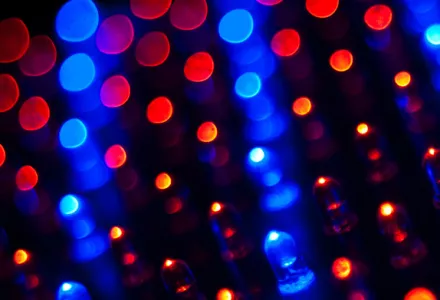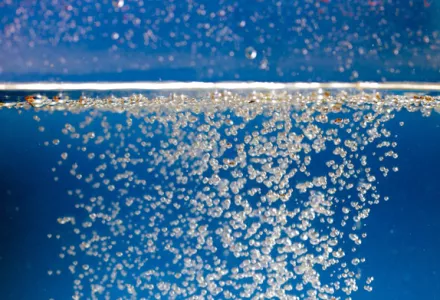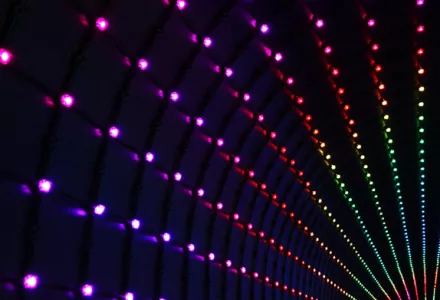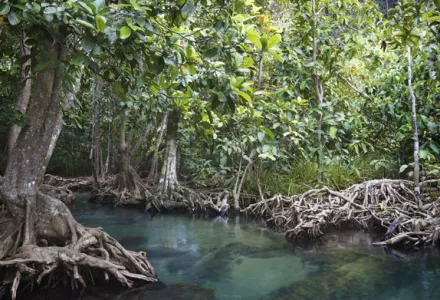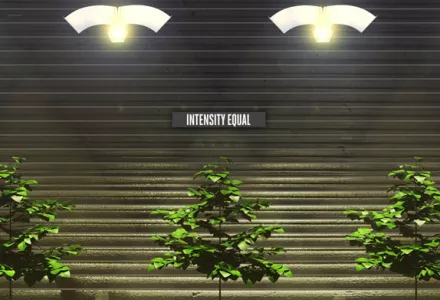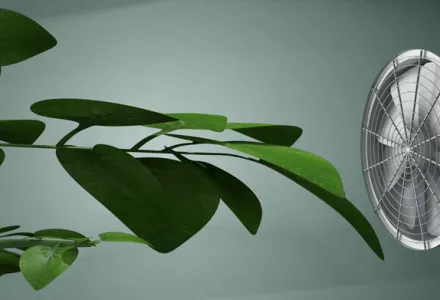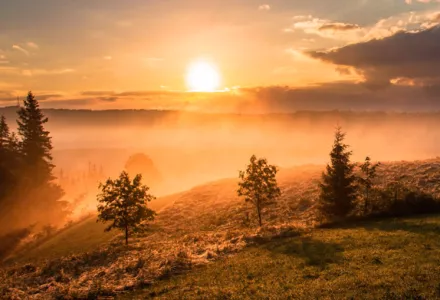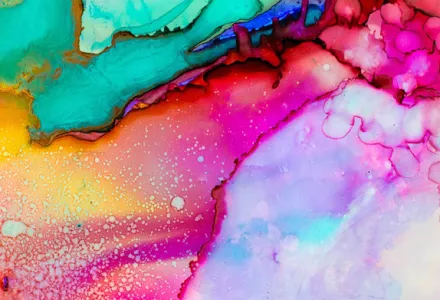The Summer Solstice passed about a month ago and while we are still feeling peak summer vibes, the amount of light hours received per day is getting shorter. Clearly the amount of light affects the way plants grow and in addition, the quality of light has a huge impact. Let's shine some light on fundamental terminology, plant-light interactions, and the effect of different colors so that next time you admire your illuminated plants, you'll be getting a deeper view.
Light intensity demands throughout plant development
Visible light has a wavelength in the 400-700 nanometers (nm) range, which represents the rainbow spectrum of colors. Plants absorb visible light, better known in the industry as photosynthetically active radiation (PAR). Plants also make use of some UV-light, which is less than 400 nm and just outside the visible spectrum.
Light travels in waveform and imparts energy on surfaces as if it were in particle form. Einstein, Planck, and other early 20th century quantum physicists established this behavior as the wave-particle duality theory, which has led many down rabbit-hole conversations on metaphysics and the plurality of life, but – back to visible light. Visible light is absorbed as photons, which represent a quanta of light. The amount of photons hitting a surface area over time is known as light intensity and measured as photosynthetic photon flux density (PPFD). So, plants not only need the right light (PAR) to grow, they also need a minimum intensity of it.
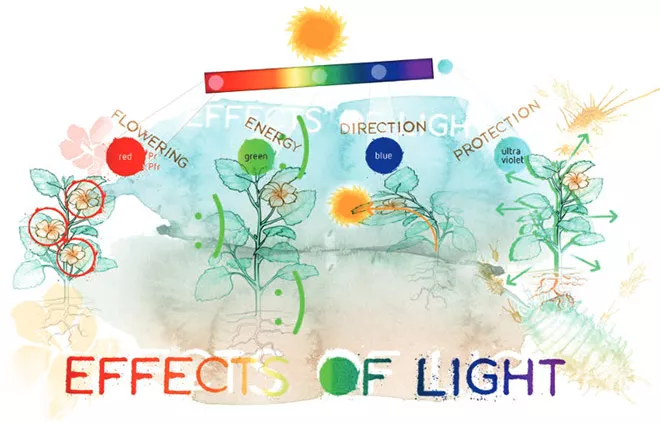
Plants each have a light saturation point, which determines their threshold level above which greater intensity does not bring greater reward. A plant's light saturation point depends on its developmental stage, species, and management techniques. Generally, the appropriate intensity for seedlings or leafy plants like lettuce is 100-300 µmol/m2/s, larger plants can use 400-600 µmol/m2/s, and more mature, robust plants can handle 900 µmol/m2/s. Vigorous growing plants have been shown to make use of 1500 µmol/m2/s and just as reference, sunlight at full exposure, mid-day can get as high as 2000 µmol/m2/s.
Management technique can affect a plant's light saturation point. For example, when growers double the ambient levels of CO2 (atmospheric is 400 ppm) to 800-1000 ppm, plants can effectively make use of greater light intensity, which increases photosynthesis (more growth!). To fully take advantage of CO2 supplementation and the increased light saturation point, the air temperature needs to be higher (relative to the plant species' preferences). The CO2, light intensity, temperature trifecta works in concert to support a faster metabolism and improve plant gains.
The impact of color on growth and harvest quality
Red (600-700 nm) and far red (700-750 nm) light
Suppose full spectrum ceramic metal halide lighting is shining down on your plants. The red light from the spectrum is absorbed very effectively by chlorophyll A and B, which are the primary pigments responsible for initiating the bulk of photosynthetic energy production. When chlorophyll A and B are excited by a photon, they convert that energy to adenosine triphosphate (ATP) and nicotinamide adenine dinucleotide phosphate (NADPH). ATP and NADPH are used as commerce coins in an array of metabolic processes including carbohydrate production, which serves as energy storage.
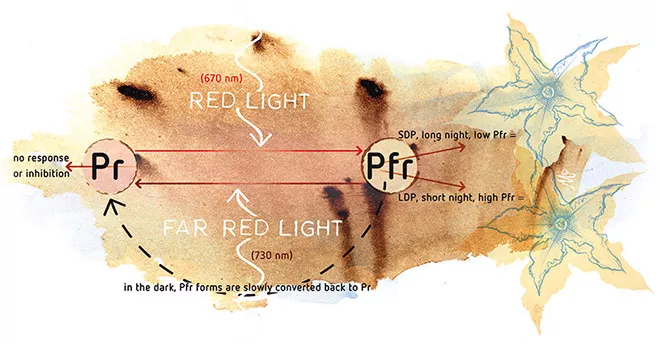
The red light that comes directly from your light source is also absorbed by a phytochrome pigment, known as Pr. Far red light comes from the reflection off of plants and is cast in the shadows. Far red is absorbed by Pr's sibling phytochrome, known as Pfr. When Pfr absorbs far red light, it converts to Pr and vice versa. The ratio of Pfr and Pr, known as the phytochrome photostationary state (PSS), helps a plant sense how much it is being shaded. As a result, plants in the shade will stretch their stems and increase the internode distance, so as to grow towards the light source. They may also be stimulated to create more chlorophyll to encourage more photosynthesis.
The parts of the plant most illuminated with red light are triggered to branch out and grow stockier internodal spacing, so as to maximize light absorption for photosynthesis. To bring that behavior back to phytochrome speak, this means the taller, well-lit plant parts absorb red light thereby converting Pr to Pfr, increasing the Pfr concentration to its threshold level, and just like that – the branching begins.
The PSS of Pr to Pfr also helps a plant determine its photoperiod, which in turn affects flowering. When plants are in the dark, after the lights have been turned off or the sun has set, the amount of far red light exceeds the amount of red light. During this dark period, the Pfr absorbs far red light and converts to Pr. The longer the night, the more conversions of Pfr to Pr and by morning plants find themselves with a low concentration of Pfr, which will trigger short-day plants to flower, like tobacco and cotton. Poppies and Echinacea are examples of long day plants. And there's nothing stopping day-neutral plants like cucumbers, peas, and roses, from flowering – regardless of the photoperiod. Lastly, when it comes to flowering, supplemental red light has the potential to affect secondary metabolite production and quantity of flowers.
Green light (500-600 nm)
Although much green light is reflected off of plant surfaces, green light is still needed to maximize growth and if excluded, plant bleaching or undesired morphology may occur. Green light penetrates leaves more deeply, past the surface level chlorophylls and is absorbed by the deeper found carotenoid pigments. There, carotenoids serve to transfer their excited energy over to the chlorophylls or to receive energy from the chlorophylls, which provides for overall greater energy absorption and subsequent photosynthesis. Green light can also have an antagonistic effect on some of the blue-light induced improvements in flavor/quality profile. Such tradeoffs are important considerations when crafting a light spectrum specifically to meet plants' needs.
Blue light (400-500 nm)
Blue light is absorbed by the pigments, phototropins and cryptochromes. This triggers a reaction in the auxins located in plant cells farthest from the light source. This reaction causes the plant to elongate on that far side and as a result, the plant bends towards the light, in a phenomenon called phototropism. Cryptochromes also help the plant control germination and seedling development and they help with the switch from the vegetative to flowering stage.
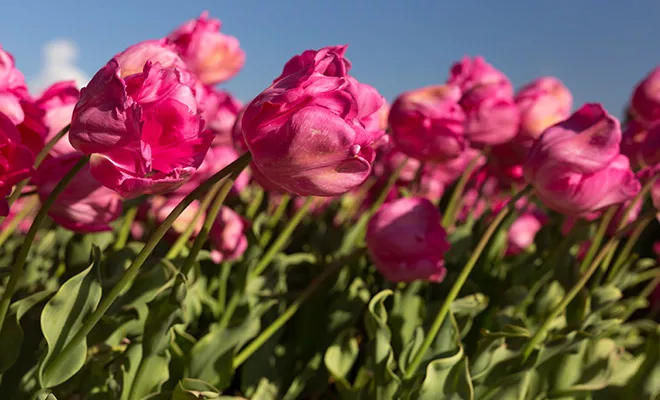
Blue light regulates the stomata, the little openings on leaves that control both transpiration and CO2 exchange and therefore are important for photosynthesis. A low level intensity of blue light is needed for basic photosynthesis, at 1-2 µmol/m2/s. Generally, blue light influences plants to be shorter with smaller, thicker and darker green leaves, and can be used in practice as a growth regulator, often during the vegetative stage.
In addition, just like with red light, blue light is highly absorptive by chlorophyll A and B, which is super impactful for energy production, photosynthesis, and sugar storage, as described above under, 'Red light.'
Studies have shown that supplemental red and blue light can impact the secondary metabolite profile. Also, short wavelengths like blue and UV light can stimulate the antioxidant anthocyanin to be produced, which makes leaves turn purple.
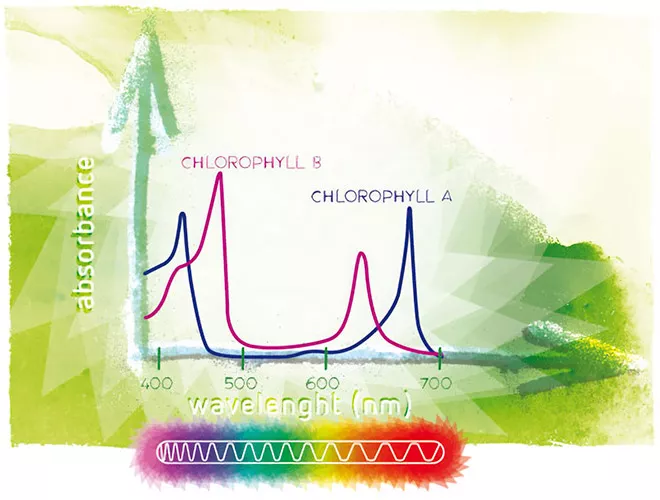
Ultraviolet light (100-400 nm)
Ultraviolet (UV) light resides outside of the PAR, however, it is still useful for plants and has impact. UV rays are absorbed by phototropins and cryptochromes, causing compact growth with short internodes, small, thick leaves, and more branching. Because UV and blue light both have short wavelengths, that means they release a high amount of energy. In response, plants can be triggered to produce more secondary metabolites (anthocyanins, flavonoids, carotenoids, potentially others) as a means of providing protection from the harmful rays. Similarly, these secondary metabolites can be helpful for pest resistance. Be careful with high energy UV light, since they can damage DNA and plant membranes. Avoid supplying more than 4 kJ/m2/day and as for humans, wear UV/blue-blocking safety glasses, avoid looking directly at the light, and wear long sleeves to protect your skin from the harmful rays.
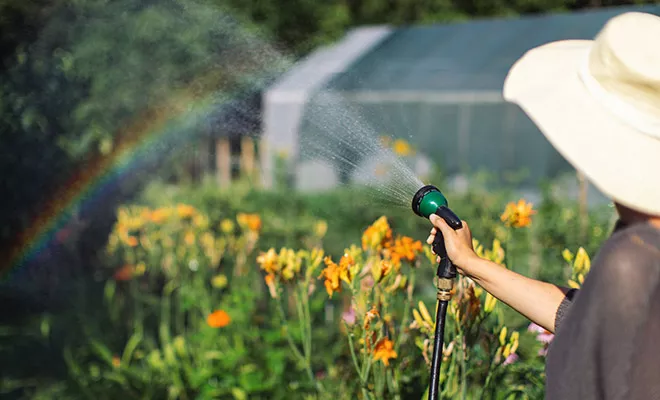
Lighting the way forward
Generally speaking, plants benefit from the full rainbow of light colors, and certain colors are especially helpful with seedling development, vegetative growth, plant shape, flowering, and secondary metabolite production. It's important to remember that the combination of different light colors can lead to a higher photosynthesis rate than the sum of its parts. With the equipment available today, growers have even more flexibility to craft a personalized lighting regime and experiment as the industry continues to evolve in the way we light up.

